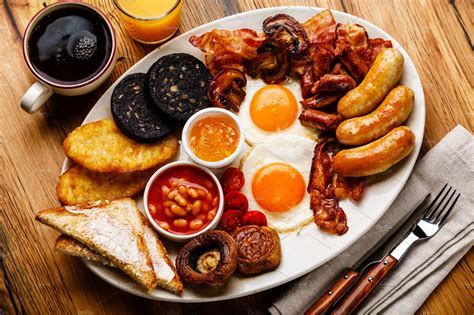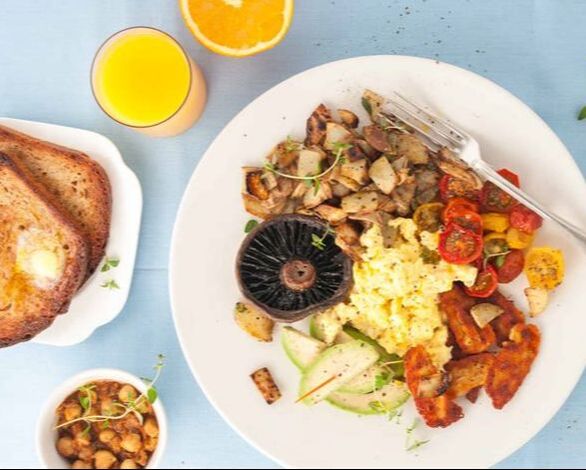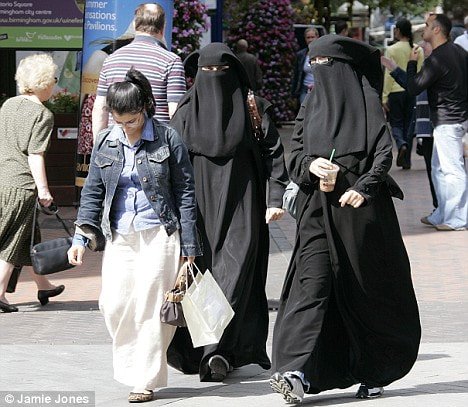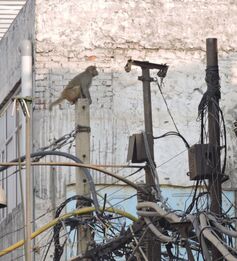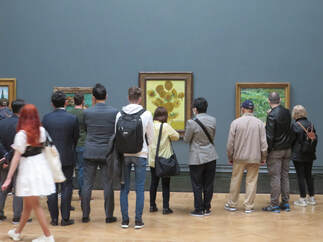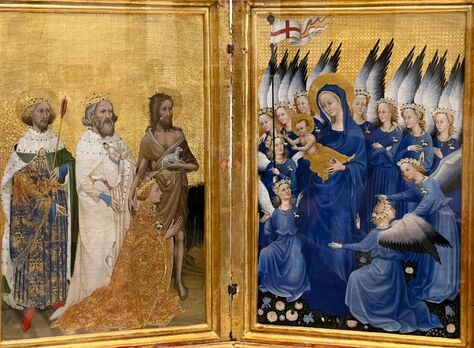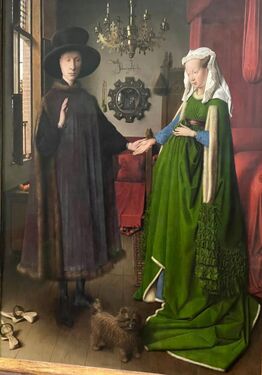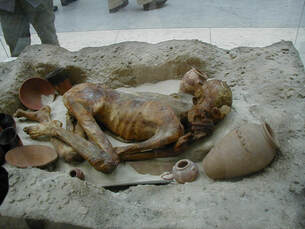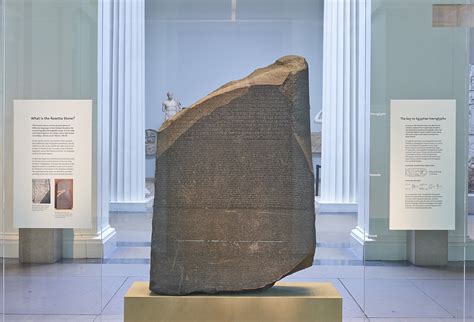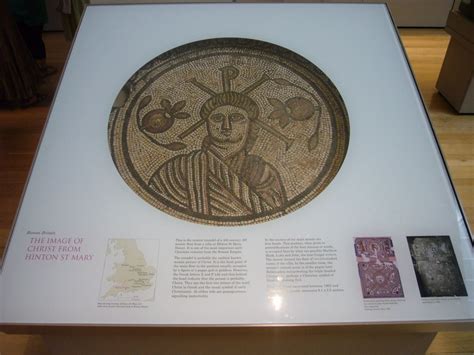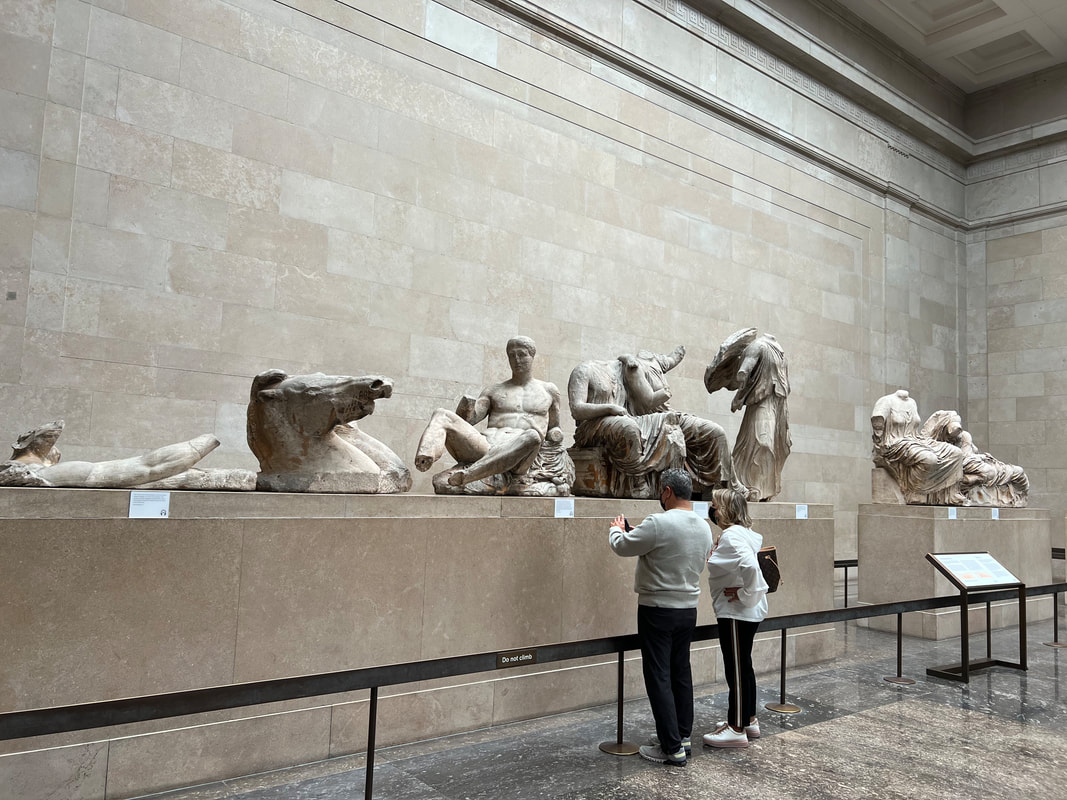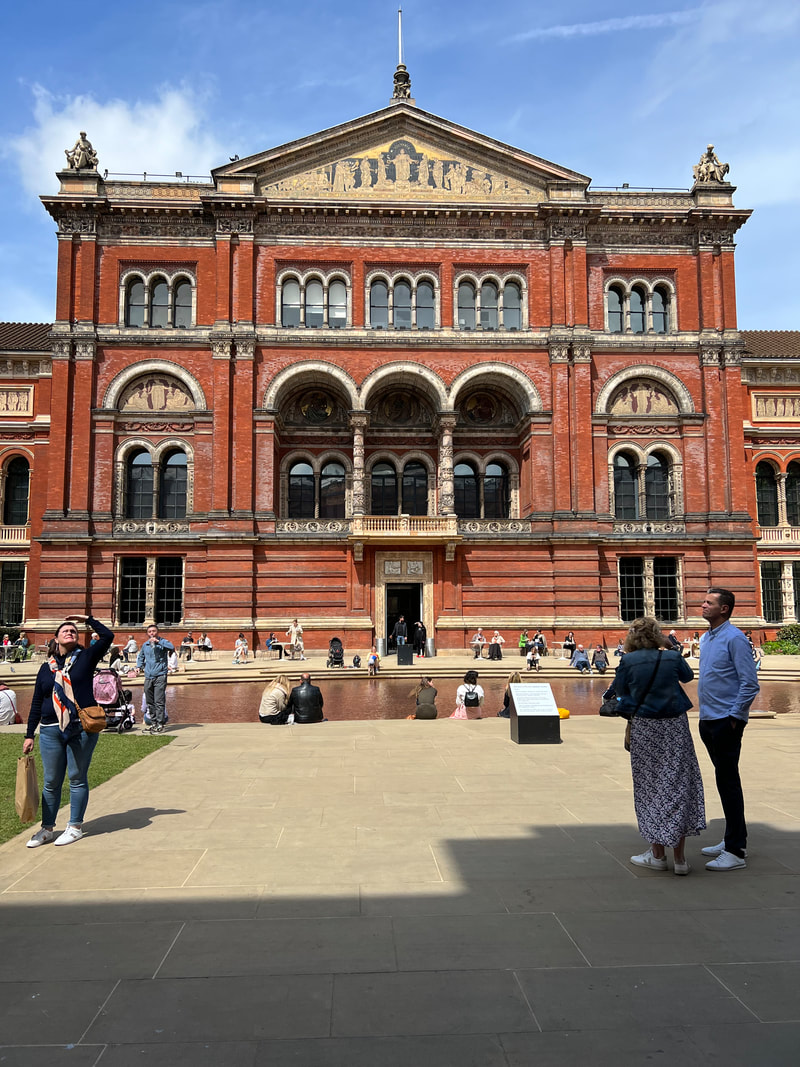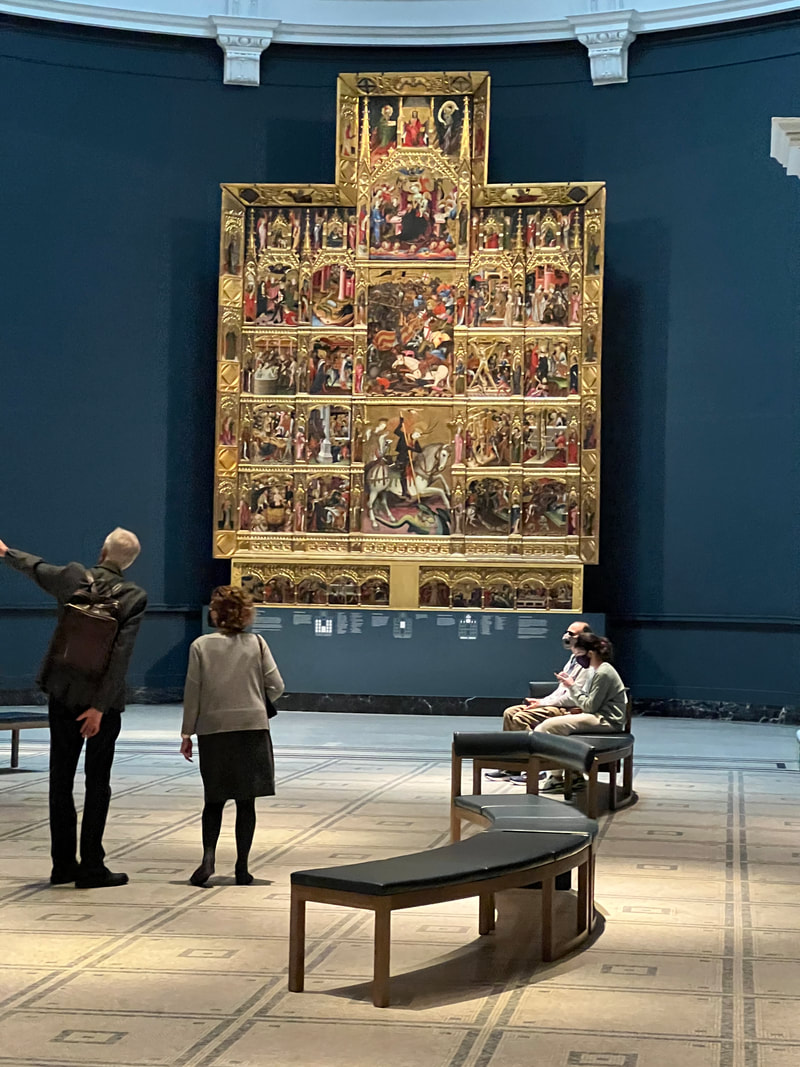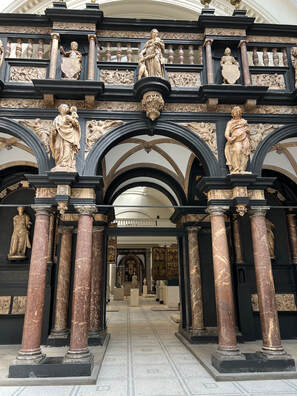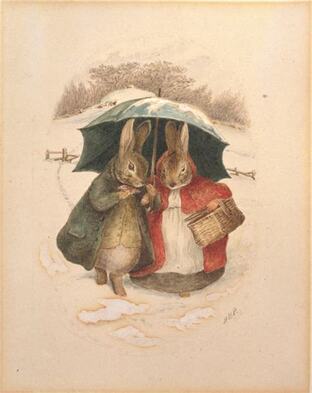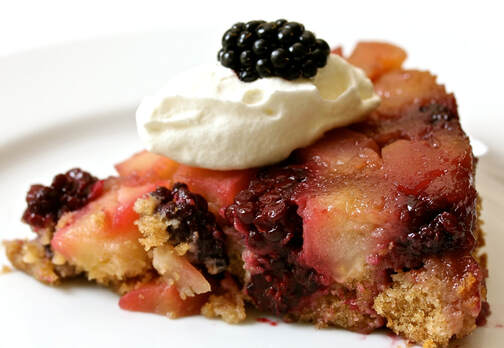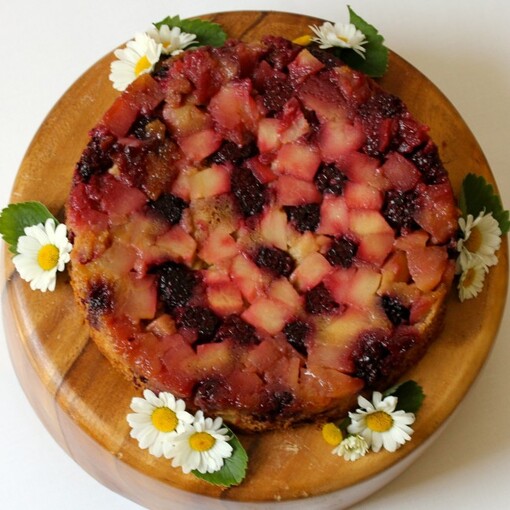|
Guests
A tiny finch pecks at the feeder While a few lazy pigeons Waddle through summer dust, Bobbing for lost seeds. A squirrel, her tail filled with sunlight, Scurries in and out of shadows While the sable shepherd And the sweet roan dog Nap near the yellow lilies; They like damp dirt For their golden dreams. The cat finds a cool tile And stretches out like driftwood On a slumber-sea. Now is the hour of warm repose When each sleeps his August sleep And the soft breeze offers peace, Sweeter than afternoon teacakes, The way a house guest brings gifts To a hostess he loves. |
The traditional English Breakfast is a perfect example of this immigrant-inspired transformation. Our breakfasts at the time-honored Savoy Hotel in London guaranteed that we were going to have a good day. The generous breakfasts served in the Thames Foyer and the River Restaurant offered all of the elements of the world-famous hearty breakfast that the British have enjoyed for generations. The English Breakfast that Wayne ordered included:
:
The Savoy Vegetarian Breakfast that I ordered also reflected Asian and Mediterranean influences while including the fresh juices, coffee choices and abundant pastry selections. Here’s what I had for breakfast:
One Asian food adventure we especially enjoyed on our last day in London was a fascinating
“Secret Indian Foodie Tour of London.” Wayne and I walked through the White Chapel neighborhood, to a Bengali speaking Bangladeshi community centered around Brick Lane, where mothers in burkas, walked amiably with their children, doing the family grocery shopping in a variety of specialized food and spice markets, fruit and vegetable stands, butcher shops and sweets shops, amid a flurry of other activities centered around businesses, clubs and art galleries on this lively spring afternoon.
At another stop we had black chickpea curry with tasty little lentil flour fritters and mango lassi, the refreshing cool yogurt and fruit “smoothie.” We also visited a Bangladeshi market filled with all kinds of fresh and packaged foods, including sauces and flavorings, varieties of lentils and rice, and a huge assortment of fresh vegetables and fruits. Then to my delight, we stopped at a sweet shop where our guide bought some cream and coconut covered gulab jamun, popular in India, Pakistan and Bangladesh, and for many years my favorite Indian dessert. Gulab jamun are little fried dough balls made of milk powder, semolina flour and rosewater, floating in sweet syrup like little extra-sweet doughnut holes.
At our final stop, another excellent Pakistani restaurant run entirely by men, as we waited for the outstanding chicken, lentils, spiced spinach and biriyani, (flavored rice,) our guide brought out a spice box and a mortar and pestle to play a little game with me and Wayne, challenging us to identify each spice by color, texture and aroma after she ground each spice while our eyes were closed. We did surprisingly well identifying the cumin seeds, cardamom, cinnamon bark and turmeric, but we got a little stumped by the masala, which is a mixture of several spices. Our charming guide seemed startled by our knowledge of East Asian spices, but this wasn’t our first Indian rodeo. You are welcome to read one of my earliest blogs, August 2016, “Eating in India.”
Let’s start at the National Gallery, right on Trafalgar Square in the City of Westminster in Central London. This location, a central meeting place since 1200, was transformed into its current Neoclassical appearance in 1844. The focal point of the square is the monumental statue of Admiral Nelson, hero of the British victory over the French at the Battle of Trafalgar in 1805, a pivotal point in the Napoleonic Wars. The National Gallery and the Church of St. Martin-In-The-Fields, also examples of Neoclassical architecture, are sited at right angles to each other on the square.
If you are not an expert on art but would like to learn more in a pleasant, relaxing and free (yes, free!) setting, The National Gallery is the place for you. The National Gallery’s collection focuses only on paintings, 2,300 of them, spanning the history of European art from the mid Thirteenth Century to 1900. Some of the most famous paintings in the world are in this outstanding collection. The National Gallery is very popular with the British, as two of England’s own favorite sons in the world of art, John Constable and Thomas Gainsborough, are included in this world-class collection among the likes of Leonardo da Vinci (Virgin of the Rocks,) Michelangelo (The Entombment of Christ,) and Peter Paul Rubens (“Samson and Delilah.”) And yes, you can view Vincent van Gogh’s Sunflowers at the National Gallery.
A rosary hangs on the wall behind the couple, also reflecting the light from the window, and next to the rosary, a large round convex mirror reflects the couple from behind and also reveals two men in front of them, entering the room. This element has fascinated viewers for centuries. Is one of these men the painter, van Eyck himself? Who is the other man, reflected dimly in the mirror? Anyone can view online this magnificent and intricately detailed painting, in which every image seems both photographically real and simultaneously symbolic, but if you ever have the opportunity to visit London, don’t miss the National Gallery, and take a good long look at this fabulous portrait.
Now, on to the British Museum, located in the Bloomsbury neighborhood of London. It is one of the premier museums of the world, and it too is free. It is an enormous Greek Revival structure built in 1753, and it houses the largest collection in the world—eight million items, documenting all of human history, art and culture. The oldest item in the museum is the Olduvai Stone Chipping Tool, found in the Olduvai Gorge in Tanzania and estimated to be two million years old. The oldest mummy in the world, nicknamed Ginger, has been on display at the British Museum since 1901, and is dated at 3,400 BC. It is not possible in a single visit to view all of the exhibits, so I advise studying the website and a map of the museum in advance and selecting just a few items or historic eras that interest you. It is also helpful to have a guide.
On this visit, we decided to focus on antiquities, and with the help of our guide, we viewed the most popular item in the museum, the Rosetta Stone, as well as the Sculptures from the Parthenon, a collection of silver platters, bowls and spoons from the ancient Roman occupation of Britain found in a farmer’s field, the Hinton St. Mary mosaic, also from Roman Britain, and perhaps the only representation of Christ in ancient pavement, as well as artifacts, including the famous helmet, from the 1,400 year old Anglo-Saxon Sutton Hoo ship burial, discovered in 1939, and the richest burial ever found in Northern Europe.
As I mentioned earlier, many of the antiquities in the British Museum were obtained through questionable means. The Rosetta Stone, a stone stele, or monument, from Memphis in Egypt and dated 196 BC, is world famous in the history of deciphering ancient written languages. It contains a text inscribed on the stone in three different languages, ancient Egyptian hieroglyphics, Demotic script and ancient Greek. The Rosetta Stone has fascinated linguistic scholars since the British confiscated it from the French in 1801 after the defeat of the Napoleonic campaign in Egypt by the British. A French military officer had discovered the stone two years earlier, and apparently neither the French nor the English cared in the least that the Rosetta Stone actually belonged to Egypt.
Less controversy surrounds the Victoria and Albert Museum, fondly referred to by the British as the V&A. The V&A, established in 1852 and named after Queen Victoria and her husband Prince Albert, is the largest museum of design and the applied arts in the world, with a collection of more than two million objects. Visitors to this free museum can wander through rooms filled with jewelry, clothing, textiles, wallpapers, tapestries, China, ceramics, silver, furniture, photography and other applied arts from a variety of historic periods. The Arts and Crafts movement, which evolved during the Victorian period, extolling the inherent beauty of nature, simplicity, quality materials and craftsmanship is well represented at the V&A, including the works of the British Victorian designer, William Morris. In fact, Morris designed one of the charming cafes at the V&A, and books about Morris and items adorned with his beautiful floral designs are available in the gift shop. The V&A is the place where you will want to linger over lunch, coffee, tea or afternoon sweets. In addition, visiting the Victoria and Albert Museum was one of the primary factors motivating our entire trip to England.
The V&A’s Beatrix Potter exhibit is filled with photographs, personal letters, paintings, books and other personal artifacts related to Beatrix and her life, charmingly arranged with cute little mice and other animals (projected photographically,) running around the room. Kathleen’s April blog also mentions The Beatrix Potter Country Cooking Book, by Sara Paston-Williams, and Kathleen was kind enough to send a copy to me. This beautifully illustrated book, with photographs and original Beatrix Potter illustrations, captures the spirit of traditional English rural life in the Lake Country, including references to the animal characters in Beatrix’s many tales. As we say a poignant goodbye to England, it is my pleasure to share this simple, old fashioned summer dessert adapted from The Beatrix Potter Country Cooking Book using the fruits and berries that Beatrix loved to grow in her own garden.
- 2 tablespoons butter
- 3 tablespoons honey
- 2 large firm apples
- 1 pint of blackberries (8 ounces)
- ½ cup (1 stick) butter, at room temperature
- ½ cup light brown sugar
- 2 large eggs, lightly beaten
- 1 cup self-rising flour
- 1 teaspoon ground cinnamon
- Cooking spray for the pan
Special equipment: large mixing bowl, medium sized mixing bowl, electric mixer, sieve or flour sifter, 9-inch springform pan, sprayed with cooking spray, lined with 2 layers of parchment cut to fit and the bottom sealed with a double layer of foil, foil-lined cookie sheet, apple peeler, paring knife, rubber spatula, bamboo skewer, wire cooling rack, large decorative platter
- Preheat the oven to 350 degrees F. Mix together the 2 tablespoons of butter and 3 tablespoons of honey and spread the mixture over the bottom of the parchment-lined cake pan. Peel and core the apples and cut them into small pieces. Arrange the chopped apples with the blackberries over the honey and butter in the cake pan.
- Sift the self-rising flour and the cinnamon into a medium bowl and set aside. In a large mixing bowl with an electric mixer, beat the butter and brown sugar until light and fluffy. Beat in the eggs until just combined. Gently fold the flour mixture into the butter mixture a little at a time with a rubber spatula. Beat on low speed until no flour is visible. Carefully spoon the batter over the fruit in the pan and smooth the top with the rubber spatula. Place the pan on the foil-lined cookie sheet, as juices are likely to drip out of the pan. Bake for about 40-45 minutes until golden brown. Test for doneness with a bamboo skewer.
- Cool the cake on a wire rack for about 10-15 minutes. When cool enough to handle, place the serving platter upside down over the cake pan, gripping the pan and the platter carefully, and quickly turn the cake pan over onto the serving platter, leaving it in place for 2-3 minutes to allow all the juices and fruit to drip onto the cake. Remove the pan and parchment. Serve warm with whipped cream or vanilla ice cream. Serves 6-8.
